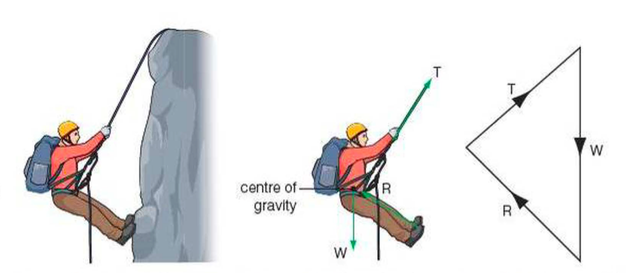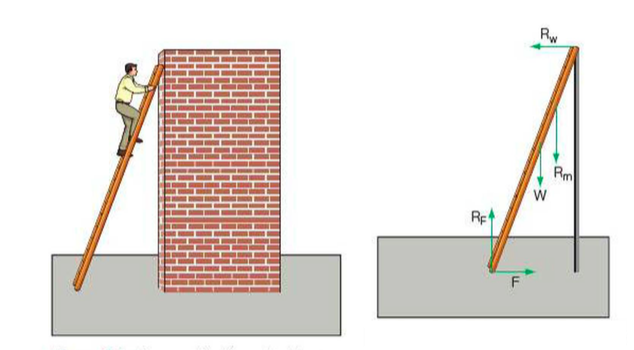Newton's First Law
Summary
⇒ A force is a push or a pull and can include contact or non-contact forces
- A contact force is exerted where two bodies touch each other, and a non-contact force is when a force is exerted over a larger distance (e.g. gravitational, electric and magnetic fields)
⇒ The strength of a gravitational field is measured in N kg-1
- On Earth, there is a gravitational field strength of 9.8 N kg-1
⇒ Weight = mass x gravitational field strength
⇒ Newton's first law of motion: a body will remain at rest or continue to move in a straight line with a constant velocity unless it is acted on by an unbalanced force
⇒ Newton's second law of motion: when an unbalanced (or resultant) force acts on a body, it will accelerate in the direction of that force. The size of the acceleration may be determined by using the equation F = ma
⇒ Newton third law of motion: when body A exerts a force, F, on body B, body B exerts an equal and opposite force, F, on body A
Introduction
⇒ A body may be subject to many different forces, and that body may exert forces on other bodies
⇒ To understand the effect of forces on a body, we draw a free body diagram, which shows all the forces acting on a single body; no other body is shown in the diagram
Free Body Diagram
Example

⇒ Here the parachute and skydiver fall at a constant speed
⇒ The free body diagram here is easy as the skydiver and parachute aren't in contact with anything, except the air
⇒ Simply, then, the drag (D) balances the weight (W) of the skydiver and the parachute
Example 2

⇒ Here a rock climber is abseiling and pauses for a rest - to draw a free body diagram there must only be one body, so we must remove the rock
⇒ The three forces are: the climber's weight (W), the rope's tension (T), and reaction force from the rock (R)
⇒ These forces add up to 0 as the climber is stationary
Example 3

⇒ The forces acting on the ladder are:
- RW, a horizontal reaction force from the wall
- RF, a vertical reaction force from the floor
- F, a horizntaol frictional force from the floor
- W, the weight of the ladder
- RM, a contact force from the man that is equal in size to his weight (this is not the man's weight, which acts on him)
⇒ Since the ladder remains stationar, the forces on it balance
- So RF = W + RM (these are the forces acting vertically)
- So F = RW (these are the forces acting horizontally)
Extra
⇒ Also see our notes on: